 There have been plenty of manifestos over the years, perhaps the most famous being Marx’s The Communist Manifesto. The manifesto that has defined the first decade of the 21st century, or at least the decade’s online component, is without a doubt The Cluetrain Manifesto.
There have been plenty of manifestos over the years, perhaps the most famous being Marx’s The Communist Manifesto. The manifesto that has defined the first decade of the 21st century, or at least the decade’s online component, is without a doubt The Cluetrain Manifesto.
Defining Success
I have always harbored almost a knee-jerk disdain for Cluetrain, quite possibly just because I think its title is stupid. It doesn’t help that the first of its Lutheresque “95 theses” is:
Markets are conversations.
I don’t really believe this. Markets are places where people try to sell you stuff. Luring you into conversation is just a sales tactic. Everything that follows in Cluetrain is dependent upon this one central illusion: make the market look like it is two people engaging in a meaningful interaction, instead of simply exchanging money for goods and services. Even Homer Simpson’s inner voice knows the value of a $20 bill, and not since Ayn Rand has capitalism so effectively masqueraded as philosophy.
This doesn’t make the market evil, it just exaggerates the human value of the quest for profit. Which brings me back to the Jason Fried interview I linked to in part one. Fried says:
It really bothers me that the definition of success has changed from profits to followers, friends, and feed count. This crap doesn’t mean anything. Kids are coming out of school thinking, I want to start the next YouTube or Facebook. If a restaurant served more food than everybody else but lost money on every diner, would it be successful? No. But on the Internet, for some reason, if you have more users than everyone else, you’re successful. No, you’re not.
Fried is absolutely right about the dangers in the Internet era of equating popularity with success. But the original equation is no less dangerous. Does profit equal success? That depends. Is profit your goal?
Meeting your goals equals success.
The problem is that following this axiom requires that you have goals, and sadly that often seems too much to ask.
I think most people have an innate desire to matter. We want to feel like our lives are important, or at the very least, that they mean something. That’s been the essence of religion for thousands of years. Fame is an easy thing to latch onto in this regard: if everyone knows who I am, then I must be important. Eventually, though, this quest for fame is going to result in dissatisfaction, regardless of the outcome. Either you fail to become famous, languish in obscurity, and lament your lack of success, or you achieve the fame you seek, realize it’s a hollow victory, and continue to seek out one new fix after another. But they’re all the same, and you always come down.
The Freedom to Be Productive
Unwarranted hallowing of “The Market” aside, both Cluetrain and Jason Fried’s philosophy represent a prevailing attitude of this decade: that breaking down the old, rigid structures of the 20th century corporate world will produce happier, more productive employees/citizens/people. I agree. But there’s a major problem: it’s just really hard for a calcified corporate hierarchy to adapt to this kind of flexibility. Lots of companies have tried it, to be sure. I’ve been there. But the efforts are usually hampered by lack of enthusiasm and buy-in by the employees, lack of focus and direction by management, or sheer inertia.
At best small pockets — rogue departments — can collectively “break the rules” and implement a more flexible structure, but they’re destined to remain on the fringe. Or, a few of the principles will be implemented company-wide, but they’ll be so mutilated by that point that they result in absurdities like once-a-month “denim days” where employees have to pay (in the form of a charitable donation) for the “privilege” of dressing comfortably.
There’s another problem that doesn’t get stated explicitly in Inc.’s article on Jason Fried’s Facebook-like recitation of the daily minutiae of his life. He gets up before 7 AM. He does some work while he’s getting ready. He arrives at work (or works from home) around 10 AM, and stays until 6 PM. Then after his regimen of Fox TV, he may put in a few more hours of work at night. In other words, his job is his life. It’s integrated with other things, to be sure. He fits in plenty of non-work activities during the day. But work is always there. It’s no surprise that he’s single, no kids. There may not be a causal connection, and if there is, one can’t determine from the article in which direction it points. But the simple fact remains that a life this focused on work cannot simultaneously accommodate a relationship, much less kids.
This was the problem I had at my last job before I went freelance. In many ways, it was the ideal place for someone of my geeky persuasion to work. And I often lament that I am not a part of that world anymore. But the arrangement was unsustainable for me: developers pulling “all-nighters,” crashing on couches in the lobby, getting pizza delivered in at 10 PM, these are all standard practice. It’s a culture of work that expects a level of availability that someone who’s also responsible for two young children simply cannot afford to provide. But it’s an inherent element of the kind of “flexible” work environment these philosophies inspire.
And so it was that I set out on my own. The environment I’m attempting to create for myself is, in many ways, not unlike that which I left, or which I’ve been criticizing in the preceding paragraphs. The major difference is in the amount of time I am expected to devote to work (that is, billable hours) versus the other aspects of my life which, to many an employer’s chagrin, continue to exist. But this true freedom comes at a price: less billable hours means… less money. And not being on someone else’s payroll means I’m shouldering all of the risk of the operation. The business is mine to make into a success or to allow to become a failure. But at least it’s mine.
Call to action: Find ways to work that work for you.
To be continued…
 I’ve been thinking a lot lately. Or, not so much thinking, but thinking it would be nice to have more time to think. Or more time to do anything. I want to be more productive, even if I’m not sure what I want to produce. I haven’t had time to figure that out yet.
I’ve been thinking a lot lately. Or, not so much thinking, but thinking it would be nice to have more time to think. Or more time to do anything. I want to be more productive, even if I’m not sure what I want to produce. I haven’t had time to figure that out yet. Yes, it’s only been about 10 days since my last redesign, but I’m already at it again. I always knew that the current design was little more than a palate cleanser… or a rebound relationship.
Yes, it’s only been about 10 days since my last redesign, but I’m already at it again. I always knew that the current design was little more than a palate cleanser… or a rebound relationship.